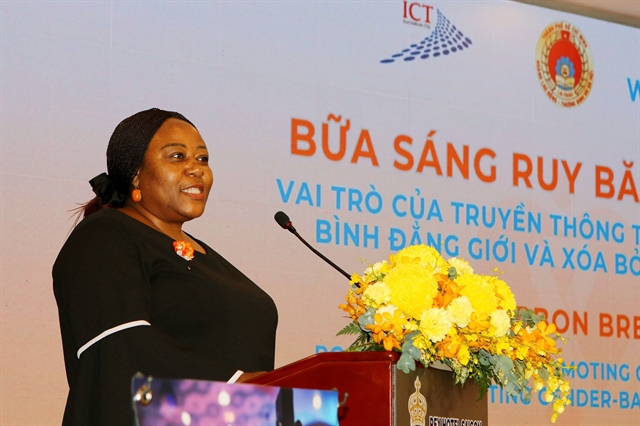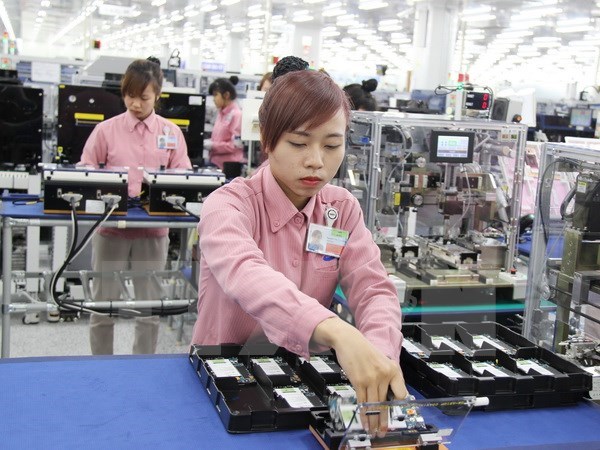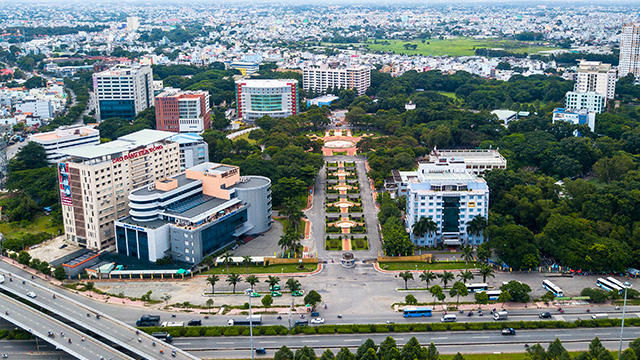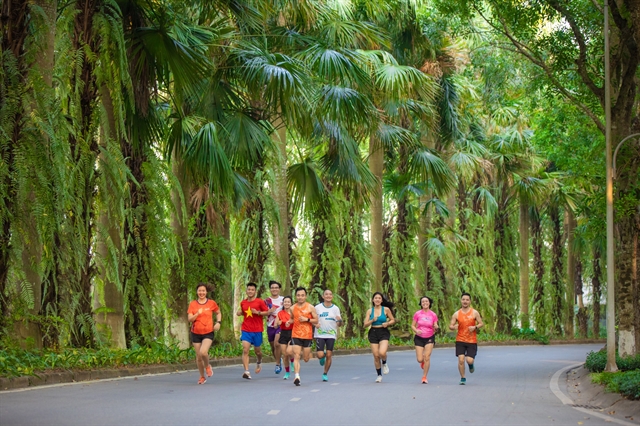 Opinion
Opinion

Nguyễn Văn Liễu, director general of the Department of Local Science and Technology, under the Ministry of Science and Technology, talks to the newspaper Nông thôn Ngày nay (Countryside Today) on his department’s plan to provide advanced agricultural technology to farmers in mountainous regions
Nguyễn Văn Liễu, director general of the Department of Local Science and Technology, under the Ministry of Science and Technology, talks to the newspaper Nông thôn Ngày nay (Countryside Today) on his department’s plan to provide advanced agricultural technology to farmers in mountainous regions
Tell us about the main achievements by the Ministry of Science and Technology in 15 years of implementing its Rural Programme in the highlands from 1998-2015?
That programme was divided into three stages (1998-2002; 2004-2010 and 2011-2015). In the 15 years, a total of 856 projects were implemented nationwide. And during their lifecycles, many workshops and trainings were held to transfer advanced farming techniques to more than 11 million farmers. In addition, the programme also organised training workshops for more than 5,000 key farmers on how to apply advanced farming technology.
Those projects were successful in the transfer of advanced technology to farmers in mountainous regions and on offshore islands on the use of solar energy, wind energy, biogas and information technology.
The second phase of the project will last 10 years. It was also launched in 2016 with the objective of transferring advanced technology to ethnic groups. Will you elaborate on the project’s key objectives?
To further enhance the successes of the previous project, the Ministry of Science and Technology decided to launch a second phase from 2016-2025. The focus will be on the application and transfer of advanced technology to farmers.
One of the key objectives is to develop at least 2,200 new models in the application of new technology and then transfer it to farmers. We set a target to have at least 30 per cent of the models in mountain regions or areas inhabited by ethnic people.
In addition, during the development of the object, we also decided to increase the application of advanced technology in the goods-value chain and the close link between large-scale production and the processing industry. We also hope to transfer at least 3,000 new and advanced technologies to farmers during the project life cycle and organise training workshops on using the new technology to 1,500 management officers and 4,000 technicians, plus 140,000 farmers, particularly ethnic farmers.
What are the differences between the project’s first phase and second phase?
Compared with the first phase, the second phase has three basic differences, namely;
- The project will focus its resources to support the most disadvantaged regions, particularly regions inhabited by ethnic people.
- In addition to project funding, disadvantaged regions will also receive special financial support from the Government.
- The project will give special assistance to help farmers apply advanced technology to farm production, particularly high-tech agriculture.
Could you explain the ministry’s preparations for the second phase of the project?
The first thing we did was to develop detailed regulations on how to run and manage the programme and related activities to make sure the project was a success.
The Ministry of Finance has been asked by the Prime Minister to oversee the project’s financial management.
We’re confident that with direct management from the Ministry of Agriculture and Rural Development and the Ministry of Finance, the second phase of the project will meet its goal. — VNS









